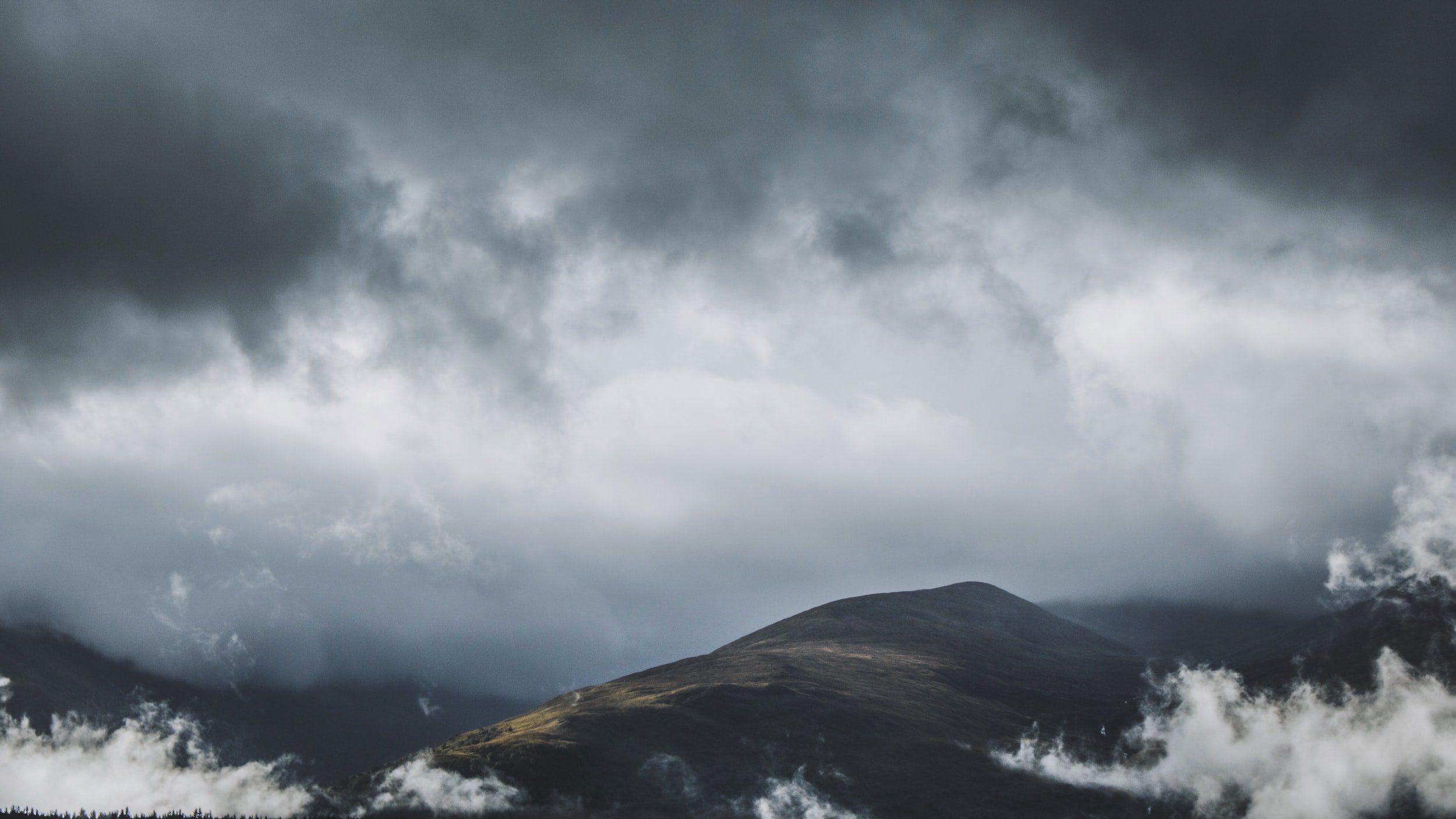Explore: Ballater and the surrounding area
Set amidst spectacular Scottish countryside, Ballater is a picturesque Victorian village in the heart of Royal Deeside and at the eastern gateway to the Cairngorms National Park. The village itself offers a wealth of cosy cafes, good quality restaurants and an interesting variety of specialty shops whilst the surrounding landscape provides an outdoor enthusiast’s playground for hiking, climbing and skiing as well as plenty of opportunity for exploring and spotting Scottish wildlife.
There are several interesting castles located close to Ballater, including Braemar, Crathes and Craigievar, but arguably, the most famous being Balmoral Castle - the summer residence of the Royal Family, described by Queen Victoria as ‘my dear paradise in the Highlands’. If you wish to visit Balmoral Castle to pay your respects to the late Queen Elizabeth II, the grounds will be opening on specific dates during December - for full details click here.
balmoral castle. photo credit: Rico Meier @ricofotografie
During December, no admission fee will be charged, and you will be able to visit the grounds and gardens and enjoy the peace and tranquillity of this special place.
A few miles to the south west of Ballater lies Loch Muick and the legendary mountain of Lochnagar famously written about by then, Prince Charles in his children’s book ‘The Old Man of Lochnagar’. The 12.5km Loch Muick Circular Walk combines history and the natural beauty of the Cairngorms National Park beautifully, with highlights such as Glas-allt-Shiel, a lodge built in 1868 by Queen Victoria on the shores of Loch Muick and Balmoral Castle itself. Red deer, golden eagles and grouse can be spotted on the footpath around the loch. Click here to plan your walk.
Glas-allt-Shiel on Loch Mucik. photo credit: martin bennie @martinbennie
Mar Lodge Estate nature Reserve
Situated at the heart of the Cairngorms National Park and cared for by the National Trust for Scotland, Mar Lodge Estate is Britain's largest national nature reserve comprising 29,000 hectares of magnificent landscape - 15 Munros, heathered moors, Caledonian pine forest and a host of Scottish wildlife - with over 5,000 species recorded, it truly is a wonderland for wildlife enthusiasts.
The abundance of wildlife includes many rare or endangered species with 30% of the UK’s Red Listed birds breed on the estate including curlew, dotterel and merlin. The moors are home to red grouse, red deer, meadow pipit and skylark, while tree creepers, willow warblers, stonechat and great tits reside in the woods. If you are lucky, you may even spot a golden eagle soaring high above. Along the rivers you might catch a glimpse of a dipper, common sandpiper, wagtail and, if you’re very lucky, an otter or salmon. High in the mountains you might be lucky enough to spot some creatures that have adapted to live in this harsh and cold landscape. In the winter months you might see snow bunting, ptarmigan and mountain hare, all of which adapt and change their colour to white in winter to help camouflage themselves against the snow. Have a look at the National Trust for Scotland’s Wildlife Spotter’s Guide and see how many you can spot!
Mar Lodge Estate is a hill-walker’s paradise and home to the magnificent Ben MacDui (1,309m), Britain’s second highest mountain. At a whopping 1,309m above sea level it offers some of the most breathtaking views over the Cairngorm mountains. We’ve compiled some handy tips to help you on your way. Click here. If a less strenuous walk is more your cup of tea, there are plenty of low-level, family-friendly waymarked trails to enjoy from the Linn of Dee car park with stunning views of the rushing falls.
Ben Macdui. photo credit: ARTHUR YAO @fakearthur
Please be mindful that the Scottish mountains can be a challenging environment, especially in the winter months. Make sure that you have the skills and knowledge to keep yourself safe. For safety tips visit Mountaineering Scotland.
Mar Lodge Munros:
Ben Macdui (1,309m)
Braeriach (1,296m)
Cairn Toul (1,291m)
Sgor an Lochain Uaine (1,258m)
Beinn a’Bhuird (1,197m)
Beinn Bhrotain (1,157m)
Derry Cairngorm (1,155m)
Monadh Mor (1,113m)
Beinn a’Chaorainn (1,082m)
Carn a’Mhaim (1,037m)
An Sgarsoch (1,006m)
The Devil’s Point (1,004m)
Carn an Fhidhleir (994m)
Carn Bhac (946m)
Beinn Bhreac (931m)
*banner photo credit: martin bennie @martinbennie




